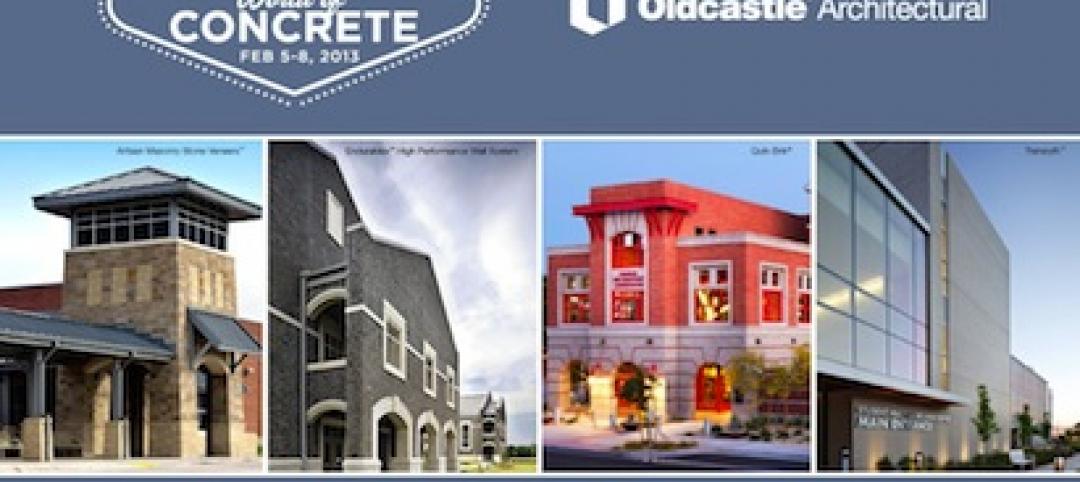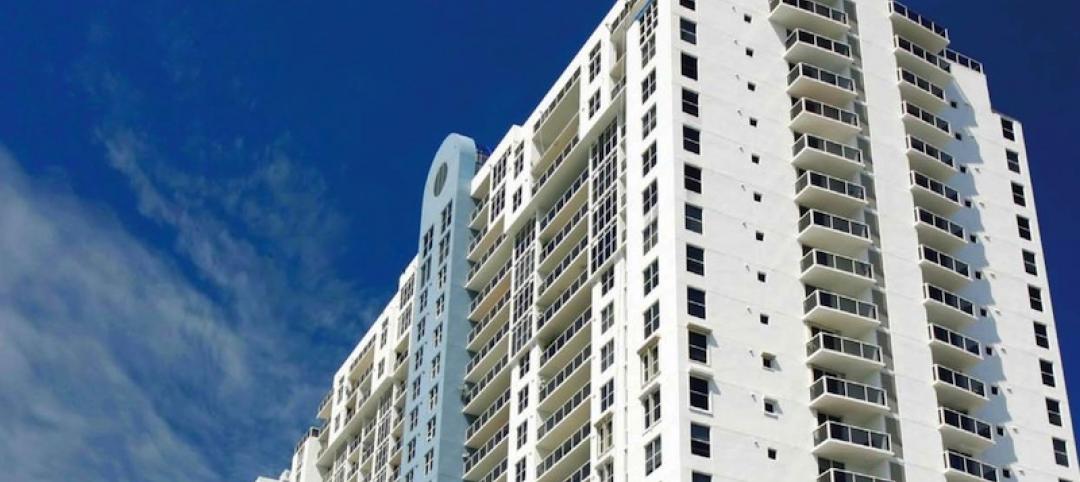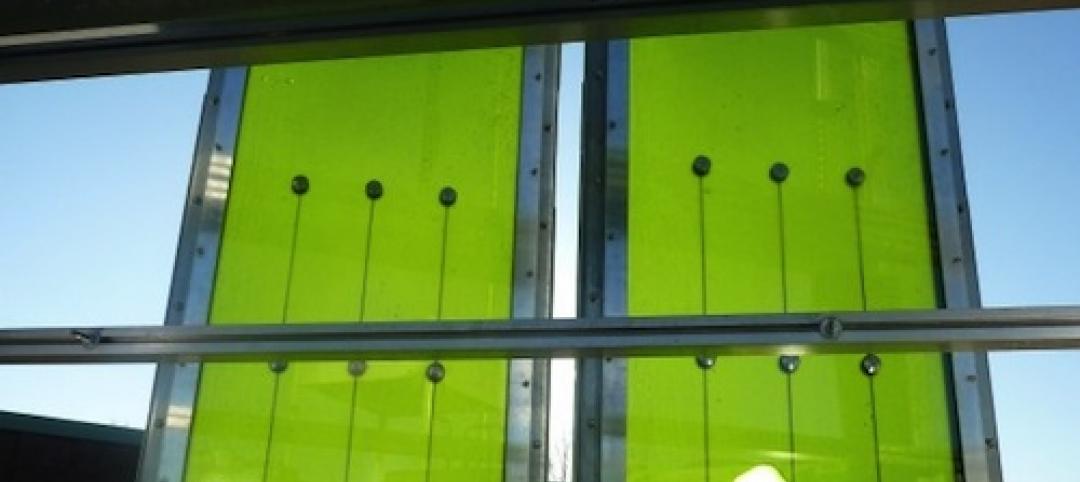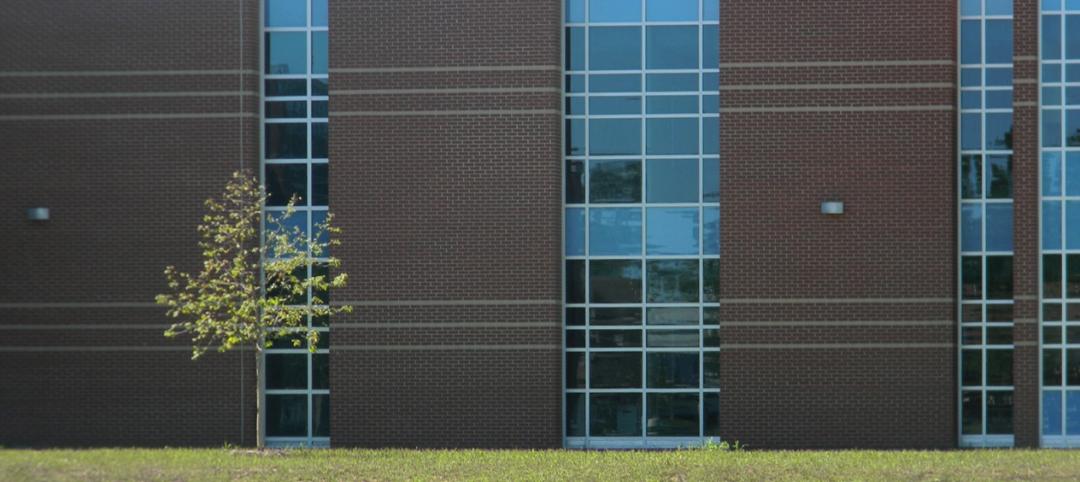For architects looking to design sustainable buildings—especially in healthcare—smart technologies and renewable energy might be top of mind. But often overlooked, and perhaps the most important to get right from the outset, is designing an energy-efficient building enclosure.
“The sexy things are solar panels and windmills on your roof and vegetative roofs—and those are cool things—but the best bang for your buck is to make the building envelope as efficient as possible right from the beginning,” says Gale Tedhams, director of sustainability at Owens Corning. “The building envelope is your foundation for good energy efficiency.”
Since there are no real do-overs with the building envelope in any market sector, it’s important that AEC teams carefully plan their designs and select the right products. With the added goal of meeting at least one of the many green building certifications and standards in the industry, this process becomes more complex.
Architects looking for products created with sustainable materials can seek out Greenguard, Living Product Challenge, and Cradle to Cradle Material Health certifications, among others. Architects that are designing sustainable healthcare facilities can also turn to resources like the Green Guide for Healthcare, which offers tools and guidelines for designing green healthcare buildings.
Tedhams says at Owens Corning, building science experts are available to help builders navigate sustainability questions and figure out what the right solutions are for their specific projects and desired outcomes. The company also produces environmental product declarations (EPDs) that lay out the materials, certifications, and environmental impacts of products. “We make sure that we have the documentation and the transparency information for our products that's going to meet the needs of the criteria for a wide range of building programs,” Tedhams said.
Along with environmental impacts, sustainable building standards account for the impact of buildings on the health and well-being of occupants. Building envelopes play a significant role in this, as factors like indoor air quality and ventilation, acoustics, daylighting, and fire resistance are all of concern, especially in healthcare facilities where health is a priority.
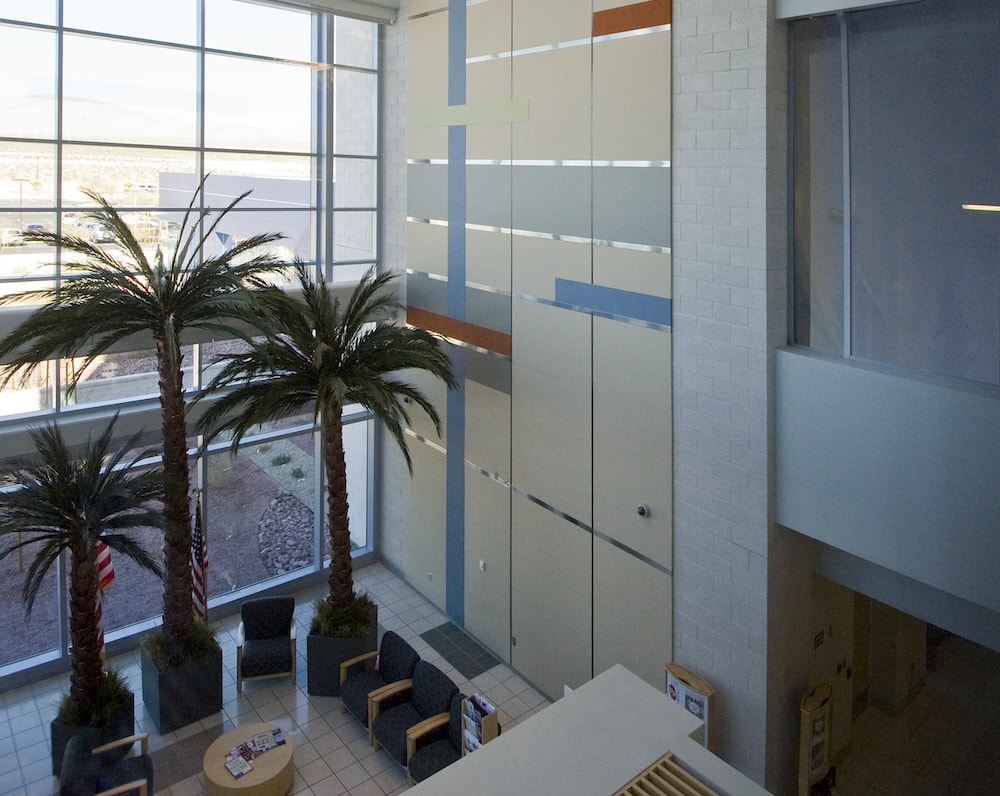
From LEED to the Living Building Challenge to WELL, each sustainable building standard sets its own requirements for indoor air quality, acoustics, and thermal comfort. LEED v4 for Building Design and Construction has comprehensive requirements for air quality, which cover entryway systems, filtration, interior cross-contamination prevention, and more.
The LEED guideline also outlines rules for low-emitting materials, which must meet 100 percent of the compliance threshold in the area of building envelope materials. For healthcare buildings, there are additional requirements, including that batt insulation products can’t contain any formaldehyde.
LEED also offers LEED for Healthcare, which generally mirrors regular LEED requirements while tailoring guidelines to the unique demands and regulations of healthcare buildings. Areas of concern unique to this design sector include 24/7 operations, patient privacy, chemical use, and infection control requirements.
WELL has around 29 separate guidelines relating to air quality alone, with delineations for areas including microbe and mold control, healthy entryways, humidity control, air infiltration management, and toxic material reduction.
Similar to LEED, WELL’s guidelines limit the presence of formaldehyde in building materials. Companies like Owens Corning are expanding their offerings to provide additional formaldehyde-free options. Last year, the company introduced the first formaldehyde-free mineral wool insulation for the North American market, Thermafiber® SAFB™ Formaldehyde-Free. In 2018, the company intends to further expand its formaldehyde-free mineral wool product offerings.
“Our formaldehyde-free product is especially appropriate to achieve green building standards because now it brings the fire safety aspect of mineral wool insulation combined with indoor air quality into the healthcare sector,” says Stephanie Maxson, product manager at Owens Corning.
The Thermafiber® formaldehyde-free line has the International Living Future Institute’s Declare label and Greenguard Gold certification. The line provides acoustical control, thermal performance, and fire protection while not introducing harmful chemicals into the air.
Ultimately, as the green building industry continues to grow, so will the need for products that help architects meet guidelines and performance goals for sustainable design. AEC teams looking to stay relevant can look to manufacturers for transparency information as well as online databases and green building guidelines to help make good choices for a sustainable world.
Related Stories
| Apr 8, 2013
Oldcastle Architectural acquires Expocrete Concrete Products
Oldcastle® Architectural has acquired Expocrete Concrete Products Ltd., giving North America’s largest producer of concrete masonry and hardscape products an increased presence in the high-growth region of western Canada.
| Apr 3, 2013
AIA CES class: Sealant repairs that last – hybrid sealants for building restoration
It is hard to talk about restoration without talking about sustainability. This two-hour interactive online course discusses the role that restoration can and does play in the arena of sustainability, and specifically the role that sealants play in sustainable design and repair.
| Mar 29, 2013
Stanford researchers develop nanophotonic panel that reflects sun's heat out of the atmosphere
Researchers at Stanford University have developed a nanophotonic material that not only reflects sunlight, but actually beams the thermal energy out of the earth's atmosphere.
| Mar 23, 2013
Fire resistive curtain wall helps mixed-use residential building meet property line requirements
The majority of fire rated glazing applications occur inside the building in order to allow occupants to exit the building safely or provide an area of refuge during a fire. But what happens when the threat of fire comes from the outside? This was the case for The Kensington, a mixed-use residential building in Boston.
Building Enclosure Systems | Mar 13, 2013
5 novel architectural applications for metal mesh screen systems
From folding façades to colorful LED displays, these fantastical projects show off the architectural possibilities of wire mesh and perforated metal panel technology.
| Mar 6, 2013
German demonstration building features algae-powered façade
Exterior of carbon-neutral demonstration building consists of hollow glass panels containing micro-algae "farms."
| Oct 24, 2012
Loma Linda University Medical Center lets light in with metal wall systems
Designers for the building aimed to create a positive environment for patients and visitors, and wanted to let in as much natural daylight as possible.
| Oct 22, 2012
Two-Hour Curtain Wall Lets Light In and Keeps Fire Out at Prairie Hills Junior High School
New school’s south-facing elevation features a glazed aluminum curtain wall that incorporates PPG Solarblue and PPG Solarban 60 glazing.



